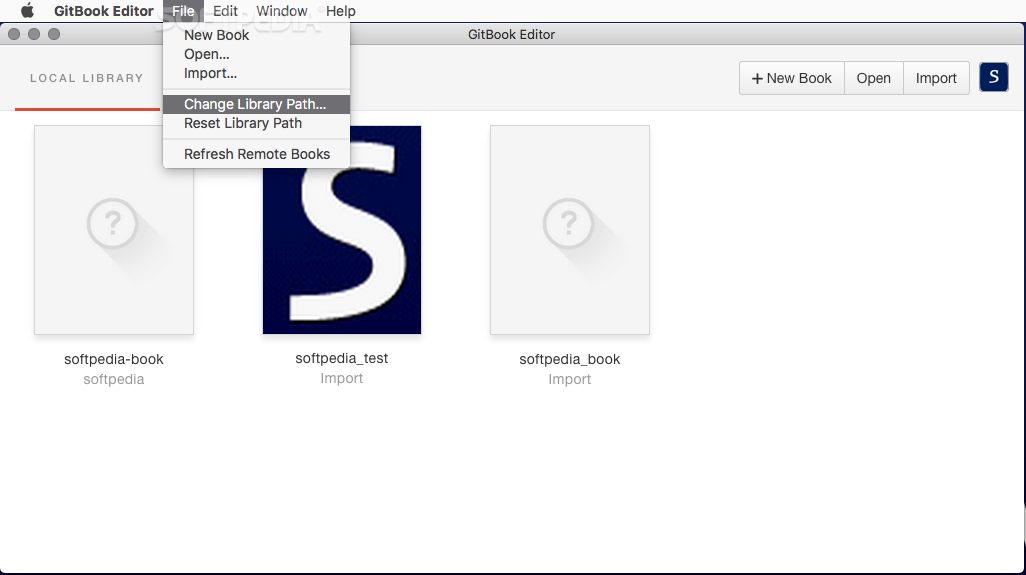

I had heard about how fast Hugo was, so I tried it out with my content after using a simple migration tool. For example, I knew I wanted to add a consulting page and some portfolio-style pages to show off talks I had given and projects I had worked on. My goal with the migration was to make the development environment as pleasant as possible and to make it really easy to add new types of content. * I still have a few Disqus comment threads to mapĮarlier this year, I migrated my personal website () from Jekyll to Hugo. I think I might write an importer for that. * I did find some of the lost WordPress posts on that I downloaded with the wayback machinedownloader. I'm working on a command-line Ruby gem for the current plan. I did notice the old URLs were stored in the front matter. Although, there may be something in Jekyll that could manage the redirects. The URI format is different so a complete redirect wouldn't work. * Set up redirects for all posts on blogger. The Importer was fairly straightforward for the existing blog posts. I looked at a few options where I wouldn't have to worry about hosting cost indefinitely and Jekyll stood out with GitHub Pages. I blogged about writing again on the existing Blogger blog but it didn't feel right. I eventually graduated from BizSpark and outgrew the credit allotment. A lot happened in the time after that migration but I stopped coding and changed cities during tumultuous times that taught me many lessons concerning mental health and productivity.

I created a WordPress blog and did a migration at some point. I started a company and joined BizPark with the Microsoft Azure allotment. I decided to start blogging in 2013 on Blogger. I've heard that I have the ability to write well, at times. Persistent video streams between locations, demos, meetings run on appear.in.#SourceCode and ContinuousDelivery in Bitbucket.#Notes, #Documentation and #Requirements in Confluence.InProductCommunication and #CustomerSupportChat in Intercom.All feeds and conversations come together in Slack.And last, but not least - select the right tools to support effective communication and collaboration:.when communicating and organizing workflows Regularly train your leaders to take into account remote working aspects of organizing f2f calls, events, meetups, parties etc.Set up periodic ceremonies ( #DailyStandup, #Grooming, Release calls and chats etc) to keep the company rhythm / heartbeat going across remote cells.Hiring people who are self sufficient, self-disciplined and excel at video and written communication to work remotely.Our building blocks for developing remote working culture are: As we further defined our Backlog and estimated each story, we could accurately measure the team's capacity (velocity) and confidently estimate a launch date.Īs a new company we could early adopt and bet on #RemoteTeam setup without cultural baggage derailing us. This worked well for our team and allowed us to be flexible in what we wanted to build and how we wanted to build it.

For Sprint Retrospectives, proved to be a great way to include our remote members of the dev team. If developers identify technical improvements during the sprint, they can be added as GitHub issues and transferred to Jira if we decide to represent them as stories for the Backlog. Our stories would exist in a Jira backlog, documentation would be hosted in Confluence, and GitHub would host our codebase. We are also able to run content stories in parallel, focusing development efforts around key areas of the site that our authors need first. Perfect, so we'll work in 2 week sprints where each sprint can be a mix of new R&D stories, a presentation of decisions made, and showcasing key development milestones. The team is highly flexible and adaptive. The essence of Scrum is a small team of people. We knew how we wanted to build our Design System, now it was time to choose the tools to get us there.


 0 kommentar(er)
0 kommentar(er)
